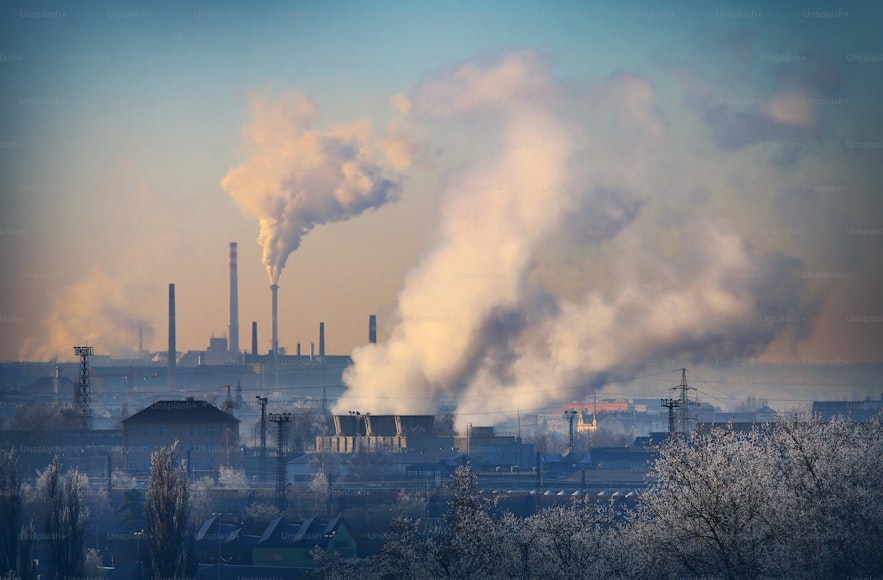Many people use artificial intelligence (AI) in their personal lives and professional settings. AI is used to research ways to reduce pollution and global warming by students completing school assignments and teachers curating curriculums and presentations. While AI can be useful for many people, they don’t consider its impact on the environment.
AI is known for using incredible volumes of water, increasing harmful greenhouse gasses, and produces electronic waste at high amounts. Data centers have computers that generate amounts of heat that need to be cooled. Evaporative cooling is used to keep these computer systems from overheating. Hot air is pulled into fans that are then misted with water, which will evaporate. The cooled air is then pushed out of the fan and onto the computers (Sunbird DCIM). With data centers quickly multiplying, the use of Earth’s 3% of freshwater sources is on the rise. ChatGPT is one of the most popular AI tools in the world as of 2023. The Washington Post worked with the University of California, Riverside to conclude in a study that a single 100-word email generated by ChatGPT uses around 519 milliliters of water, almost equivalent to a water bottle. Freshwater is an important resource that may become scarce. Areas around America do not have access to fresh water, which is now being used in data centers for cooling purposes. Virginia Tech researchers claim that 20% of data centers in America are taking from watersheds in high demand. By utilizing these freshwater resources for purposes such as cooling hundreds of thousands of computer systems so that AI can function properly, we deny people affected by the water crisis access to what they need.
Another problem that comes with AI is how much energy it consumes. Large data centers use almost excessive amounts of energy just to function properly. Fossil fuels are the main source of the energy needed for AI (Reute). Goldman Sachs, an investment banking company, states that data centers will only become more dependent on fossil fuel energy with an increase of 160% by 2030. They also report that data centers will increase carbon dioxide emissions by more than two times by 2030. It is generally known that extra carbon dioxide emissions cause the earth’s greenhouse gas effect to work too much, warming our planet in the process. Google, the most used search engine, aims for net-zero carbon emissions in 2030 with a report on their sustainability; in the same report, it is shown that due to an increase in the number of data centers, in 2023, there was a 48% increase in carbon emissions from the previous 4 years. Though they are going to try and bring down their carbon footprint, their focus on AI will only lead to an increase in thirsty data centers.
Although AI has flaws and can be a detriment to our climate, there are positives: it can also help to research pollution and changes in the weather. The Ocean Cleanup, a Dutch organization, uses AI to focus on detecting trash and plastic in oceans that they aim to clear up. Their AI created detailed maps of the targeted oceans and then used those to lock in on pollution detected by the AI algorithms. It also can be used to reduce carbon emissions by finding new ways to keep the Earth from overheating, making cleaner and more efficient energy sources. Companies’ energy use can be studied by AI and then utilized to make predictions on how they can productively reform how they use their energy resources.
Artificial intelligence is a significant tool that many people use in their everyday lives, whether it be at home or at the workplace. It’s important to think about how AI should be and how it is being used because the issue concerning the earth’s climate crisis is bigger than most people think. We need to recognize both the positive and the negative impacts that AI has on society and the planet.







